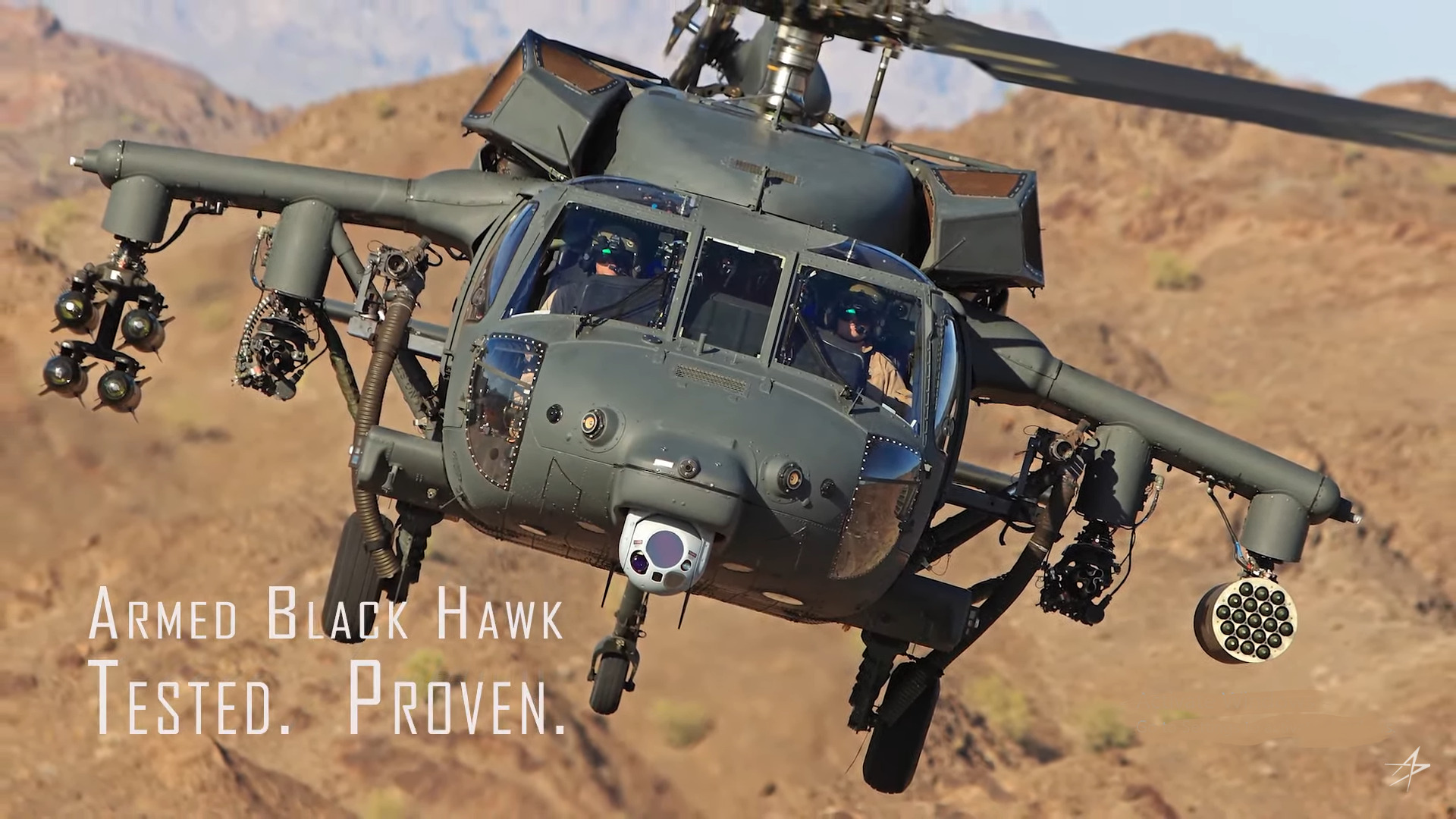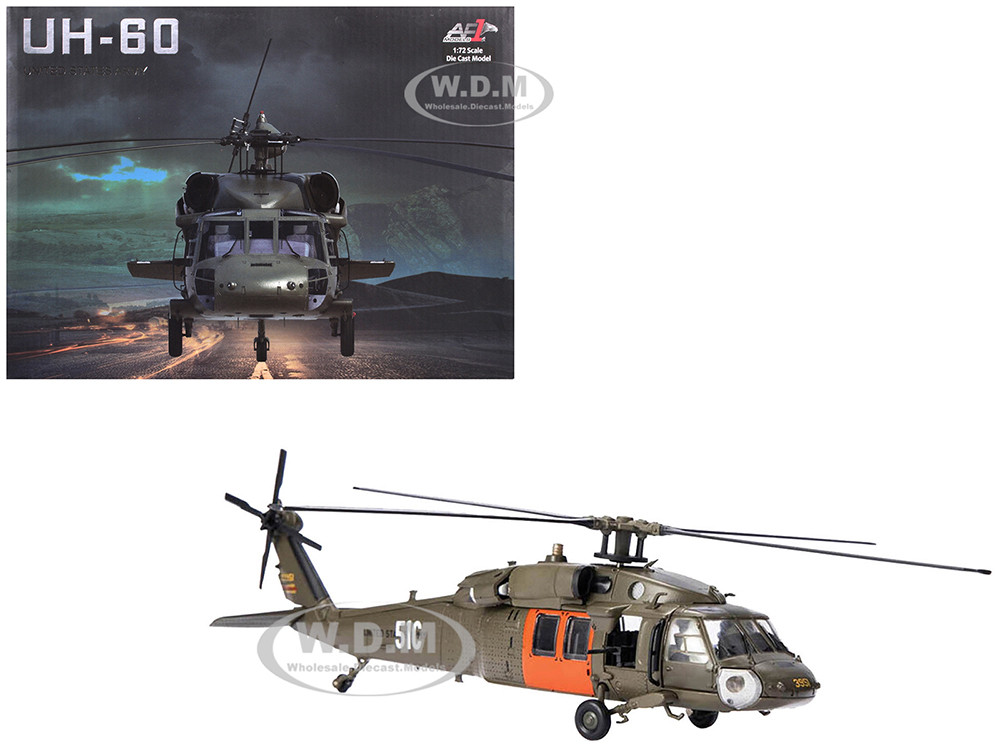Whatever You Need to Learn About the UH 60 Helicopter
The UH-60 helicopter, a keystone of U.S. Army air travel since its debut in 1979, stands for an exceptional blend of engineering and operational convenience. Recognized for its phenomenal speed and array, the UH-60 has actually been adapted for different objectives, from army transportation to medical evacuation. As military requirements develop, so also does the helicopter, with ongoing innovations targeted at boosting its abilities and incorporating modern technologies. To completely value the importance of the UH-60 in contemporary armed forces operations, one have to consider its history, design, and the future innovations that can redefine its role.
Background of the UH-60
Developed in the late 1970s, the UH-60 Black Hawk helicopter emerged as a feedback to the U.S. Military's need for a versatile energy helicopter that could do a range of goals under challenging problems. The incentive for its design was the drawbacks determined in the earlier helicopters utilized during the Vietnam War, particularly in regards to maneuverability, rate, and survivability.
The Black Hawk was created by Sikorsky Aircraft, integrating innovative modern technologies and products to boost its performance and durability. It was formally introduced into solution in 1979, promptly becoming a crucial property for army procedures - uh 60. Its capability to transfer troops, medical evacuation, and logistical assistance in both fight and altruistic objectives made the Black Hawk a vital part of the U.S. Military's aviation fleet
Throughout the years, the UH-60 has been continuously updated, adapting to the changing nature of war and the advancing requirements of contemporary armed forces procedures. Its operational history consists of involvement in major disputes, peacekeeping missions, and catastrophe relief initiatives, strengthening its reputation as a reputable and reliable helicopter in different settings worldwide.

Layout and Specifications
The design of the UH-60 Black Hawk helicopter regularly mirrors a dedication to operational performance and convenience. Created by Sikorsky Aircraft, this medium-lift energy helicopter features a streamlined, aerodynamic body that improves rate and maneuverability. Its tandem blades system, defined by two counter-rotating blades, reduces vibration and enhances lift capability, permitting more secure operations in diverse atmospheres.
The UH-60 is powered by two T700-GE-701C turboshaft engines, providing a maximum rate of around 180 knots and an array of around 400 nautical miles. Its robust airframe is built from innovative composite products, making sure longevity while keeping a reasonably low weight. The helicopter has an optimum gross weight of about 22,000 pounds, supporting a versatile payload setup.

Goals and roles
A functional platform, the UH-60 Black Hawk helicopter serves a wide range of duties and missions within armed forces operations. Made largely for troop transport, it can carrying up to 11 soldiers, making it a crucial property for rapid release and logistical assistance.
In addition to army transportation, the UH-60 masters clinical evacuation (MEDEVAC) missions, equipped with advanced clinical tools to offer essential care throughout transit. Its capacity to operate in varied environments boosts its efficiency in battle search and rescue (CSAR) procedures, where speedy extraction of employees is crucial.
The helicopter additionally plays a significant function in reconnaissance and surveillance missions, utilizing onboard sensors and tools to debrief. In addition, its versatility reaches logistical assistance, with the ability of delivering supplies and tools to ahead running bases - uh 60.
In battle procedures, the UH-60 can be equipped with different tool systems, allowing it to supply close air assistance. Its multi-role capability makes the Black Hawk an indispensable tool for modern military pressures, adapting flawlessly to the Get the facts developing needs of combat zone circumstances and making sure goal success throughout a variety of functional contexts.
Performance and Abilities
Understood for its durable performance, the UH-60 Black Hawk helicopter boasts excellent capabilities that enhance its operational effectiveness throughout numerous missions. uh 60. This multi-role airplane is outfitted with powerful twin-engine Turbomeca Arriel 1D1 engines, offering outstanding speed and maneuverability, with a maximum cruise ship rate of around 150 knots and an operational range of around 400 nautical miles
The Black Hawk's innovative avionics and fly-by-wire control systems dramatically boost trip safety and security and handling, permitting it to operate in varied environments, including negative climate condition. Its versatility is further exemplified by its capability to lug approximately 11 completely geared up soldiers or a haul of about 8,000 extra pounds, making it ideal for army transportation, medical discharge, and logistical assistance goals.
Additionally, the UH-60 is created for survivability, including reinforced airframes, ballistic protection for team and guests, and progressed countermeasure systems to escape risks. The helicopter's dexterity and speed, combined with its capability for quick release, make it a crucial property in contemporary army operations, guaranteeing that it stays a vital element of tactical air assistance and field of battle flexibility.
Future Dope

One significant emphasis is the combination of sophisticated avionics systems, which will boost situational recognition through boosted navigation and communication capacities. This consists of the potential usage of expert system to aid pilots in decision-making and mission preparation.
In addition, future versions may integrate sophisticated products and layout functions to boost the helicopter's sturdiness and lower its radar trademark, improving survivability in opposed environments.
The introduction of hybrid-electric propulsion systems is likewise imminent, intending to enhance gas effectiveness and decrease logistical problems. Such advancements could expand functional array and reduce the helicopter's ecological impact.

Conclusion
The UH-60 helicopter represents a substantial improvement in army aviation given that its introduction in 1979. Its durable design, versatile capacities, his comment is here and constant upgrades guarantee its significance in different functional roles, including troop transport and medical evacuation. As modern technology advances, future advancements will likely enhance its efficiency through the assimilation of expert system and hybrid-electric systems. The UH-60's see this withstanding existence underscores its crucial role in modern-day army operations and highlights the recurring evolution of army aeronautics innovation.
The UH-60 helicopter, a keystone of U.S. Military aeronautics since its debut in 1979, stands for a remarkable mix of design and functional versatility. As military demands progress, so also does the helicopter, with recurring advancements aimed at improving its abilities and incorporating contemporary innovations.The style of the UH-60 Black Hawk helicopter consistently shows a commitment to functional efficiency and versatility. Established by Sikorsky Airplane, this medium-lift energy helicopter includes a streamlined, wind resistant fuselage that improves speed and ability to move.The UH-60 helicopter represents a substantial improvement in army aeronautics given that its intro in 1979.